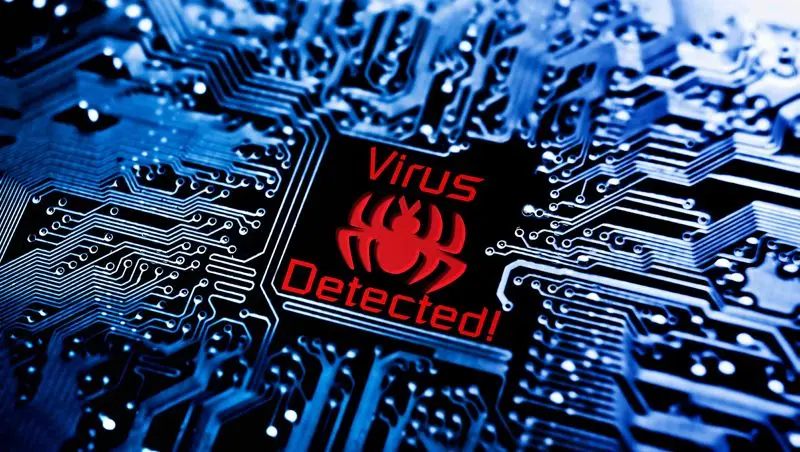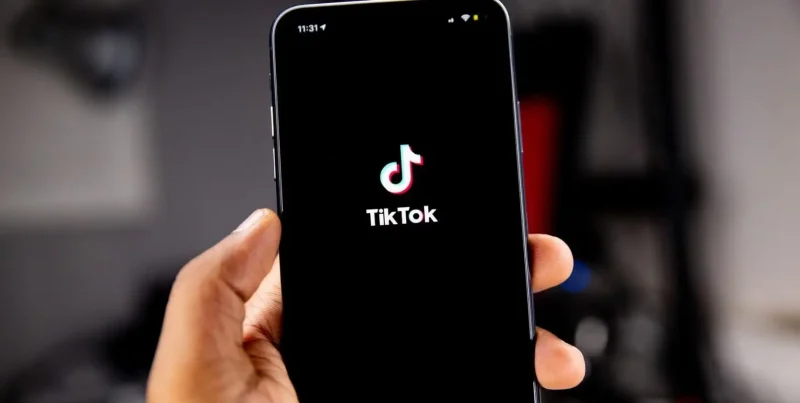People often wonder about those early digital disasters that shook things up, especially in places like the Philippines, where tech was just starting to take off. If you’ve ever asked yourself, ‘‘What is the first computer virus in the Philippines?’’ you’re diving into a wild story from the early 2000s.
This virus didn’t just hack local computers but also exploded worldwide, putting the country in the spotlight for all the wrong reasons. It’s a story of a simple act gone rogue, showing how one person’s tinkering can cause billions of dollars in loss.
History of Computer Viruses
Computer viruses aren’t new. They have been around since the dawn of computers. Back in 1949, a guy named John von Neumann dreamed up the idea of programs that copy themselves. But the real deal started in 1971 with Creeper, a harmless bit of code that hopped between machines on the old ARPANET, flashing a message: ‘‘I’m the creeper, catch me if you can!’’ Then came Rabbit in 1974, which multiplied rapidly.
By the 1980s, the PC had started to be used. The Brain Virus from 1986, created by two brothers in Pakistan, entered IBM machines via disks. It started as a way to protect their software, but ended up everywhere. The ‘90s brought Michelangelo, set to wipe drives on March 6, and CIH, which fried motherboards. These bugs mostly traveled on disks or early networks, but the Internet changed everything, letting them zip around the globe in seconds.
Now, picture the Philippines around 2000. The Internet was catching on, but it was slow and expensive for most. Cyber cafes started opening in cities, packed with kids and workers sharing machines. That’s the backdrop for what many pinpoint as the first computer virus in the Philippines: the ILOVEYOU bug, also dubbed Love Bug or Loveletter. You may hear it referred to as the first virus computer in the Philippines or the first virus in Philippines, and it fits because nothing like it had come from there before. This worm turned heads, forcing everyone to rethink how safe their inboxes really were.
How ILOVEYOU Started in Manila, Philippines
It all traces back to Manila, a city buzzing with energy and a growing tech scene. Students at places like AMA Computer College were testing new codes. Onel de Guzman, a 24-year-old dealing with money troubles, got fed up with expensive internet fees. Back then, you needed paid accounts for dial-up, and in crowded cafes, passwords got swiped easily.
De Guzman toyed with a program to grab those logins, thinking it could get free access without spending money. He pitched it as his thesis, but the school shot it down. The reason was obvious: the program was too shady to even consider using.
So he quit, kept making improvements in the program, and soon it became something that could spread far and wide. He built it using Visual Basic Script, which is easy to work with on Windows. The file was tiny, under 11 KB, but smart. He later said he meant it for local Manila networks only, but he got curious, ditched the limits, and let it loose on May 4, 2000, from a rundown spot in Pandacan. It started small, hitting nearby systems, but its email trick made it blow up overnight.
Why tag this as the first computer virus in Philippines? Search through old records, and you won’t find much on earlier homegrown threats. Programs like the Melissa worm from 1999 made it to the islands via email, messing with Word files, but that came from the US. No real Philippine origins before ILOVEYOU. Searches for anything predating 2000 turn up empty, solidifying its spot as the first virus in the Philippines or the first Philippine virus.
How Did the ILOVEYOU Virus Work?
What made this virus work? It showed up in your email with ‘‘ILOVEYOU’’ in the subject, which is hard to resist, right? The attachment looked like ‘‘LOVE-LETTER-FOR-YOU.TXT.vbs,’’ but Windows hid the .vbs part, so it seemed like a plain text file. Click it, and you’re done. The script fires up, copies itself into key spots on your computer, naming them things like MSKernel32.vbs to combine in. It digs through your Outlook contacts and blasts itself to everyone.
But it didn’t stop at spreading. It trashed files ending in .jpg, .doc, and more, overwriting them with its own code tacked on as .vbs. MP3? It hid them instead of deleting. Plus, it tried pulling down extra malware by changing your browser homepage to a sketchy site in the Philippines, aiming to steal passwords and email them back.
It hit weak spots in Windows, like auto-running scripts in emails. In a time without solid antivirus software everywhere, this emotional hook email got everyone’s attention.
How Did It Spread So Fast and Hit Hard?
The timing was perfect, or let’s say terrible. Released during Asia’s business hours on May 5, it jumped to Hong Kong first, then Europe, and the US. In a day, it nailed 45 million machines, about one in ten online back then. It followed the workday west, knocking out offices one by one.
In the UK, Parliament killed email for hours. Belgium banks froze. Over in the US, big names like the CIA, NASA, and the Pentagon got hit hard; thousands of systems were down, and networks were offline. Worldwide, the loss bill amount was $5.5 to $8.7 billion in fixes, maybe $15 billion total with lost work. Giants like Ford and Microsoft yanked the plugs on email to stop it.
Locally in the Philippines, it caused chaos quietly at first. Offices, schools, and those cyber cafes lost files and time. The stock market stuttered, and the newsroom struggled. As the source, the country faced heat, with investigators from the NBI jumping in. Antivirus crews like Symantec figured out fixes quickly, and filters caught the ILOVEYOU line. But the damage has been done, proving how linked we were through the internet.
What Happened Legally and Morally After?
Investigators traced it back fast via IPs and logs, arresting de Guzman and a friend, Reonel Ramones, in Manila. But here’s the twist: no laws covered this yet. They tried fraud charges, but it fell apart because they couldn’t prove direct harm. De Guzman got released, later telling users on the internet that he felt bad for everything that had happened.
This incident pushed lawmakers to act, and one of the first laws against the virus was introduced in the country. The country’s reputation was highly damaged due to the whole scene. The E-Commerce Law was passed in July 2000 in the Philippines. The law made cybercrime illegal in the country. It was the ILOVEYOU virus that brought the cybercrime law.
On the ethics side, it sparked debates. Schools weren’t teaching right from wrong in code enough. De Guzman’s bad financial situation showed us how bad times can lead to bad choices. His thoughts were that using the internet for free is everyone’s basic right.
How Security Changed Since Then
After this first virus in the Philippines, defences were improved. Firewalls, detectors, and extra logins became standard. Locally, the government set up a cyber center under DICT for handling threats. Schools added security classes. Email providers and businesses adopted much stricter filtering, virus scanning, and attachment blocking.
It was the first virus to get widespread media coverage, which helped in increasing public awareness against malware dangers. People have learned to be more careful and cautious before opening suspicious emails. It was a wake-up call for the world and showed the fragility of the world’s interconnected systems. The virus forced an important reassessment of internet security at every level for the world.
Final Words!
So, circling back to the first computer virus in the Philippines, ILOVEYOU was a kid’s project that became a digital nightmare, causing billions of dollars lost to millions of internet users. As the first computer virus, the first virus in the Philippines, or whatever you call it, it forced changes in laws, schools, and habits. These days, with hacks everywhere, be extra careful with everything. Next time an ‘‘I love you’’ email comes, think twice before opening it up.







